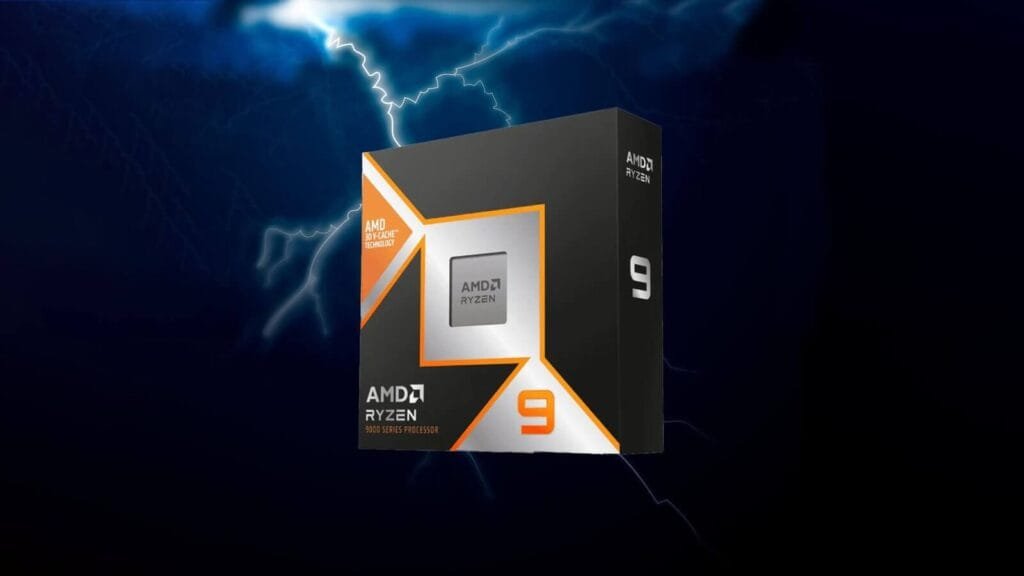At the Intel AI Summit 2025 in Seoul, South Korea, Intel announced its plans to expand its Arc GPU lineup into the Edge AI segment, unveiling a new series of Arc GPUs specifically designed for edge computing and AI workloads, with a projected launch in Q4 2025. This move underscores Intel’s ongoing efforts to strengthen its presence in the discrete GPU market, particularly in AI-driven applications beyond traditional gaming. Lynn A. Comp, Intel’s Global Head of Sales and AI Center of Excellence, confirmed that the new Arc GPUs are tailored for edge systems and are engineered to perform AI tasks such as object detection, speech recognition, anomaly detection, and real-time video stream processing directly at the edge. This approach aims to reduce latency and minimize cloud dependency by enabling local data processing.
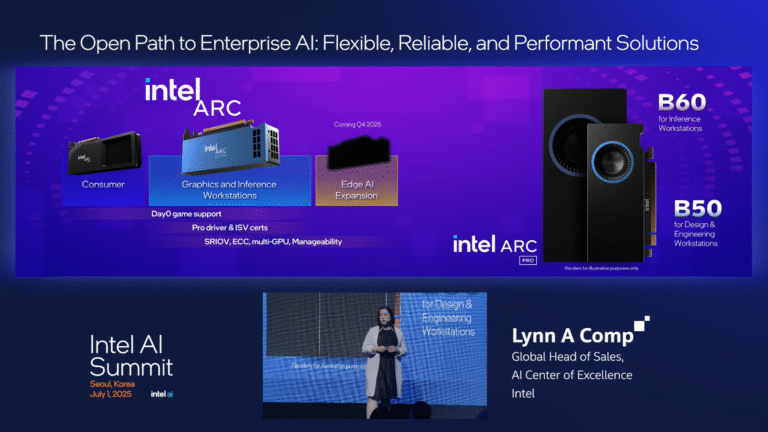
The upcoming GPUs are expected to utilize the Battlemage (Xe2) architecture, possibly incorporating the BMG-G31 chip—a higher-end variant within the Battlemage family—compared to the BMG-G21 chip used in the Arc B580 and B570 gaming GPUs. Emphasis on power efficiency and passive cooling highlights the design’s optimization for server-grade deployments in environments such as smart retail, EV charging stations, and industrial automation. Intel noted that Arc GPUs are already employed for AI inferencing in client systems, and the new edge-focused lineup will extend this capability to server environments while maintaining compatibility with Intel’s established software stack, including the OpenVINO toolkit.
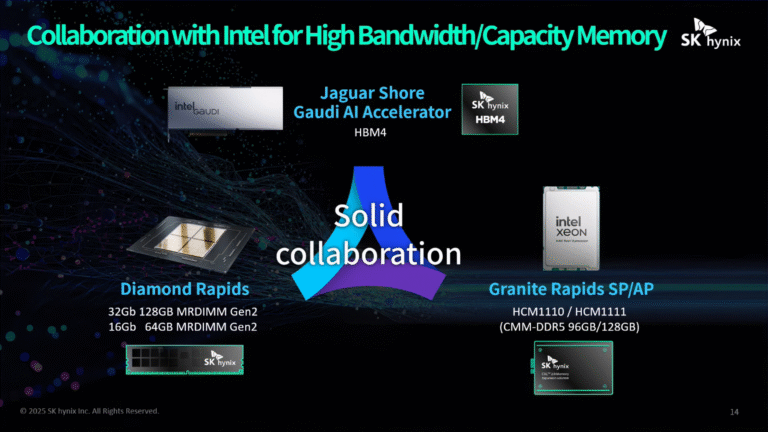
Alongside the Arc GPU announcement, Intel also revealed a partnership with SK hynix to integrate HBM4 memory into its next-generation Gaudi AI accelerators, codenamed Jaguar Shores, which are also scheduled for a Q4 2025 release. Jaguar Shores, the successor to the canceled Falcon Shores and Rialto Ridge projects, will be built on Intel’s advanced 18A process node, incorporating technologies like RibbonFET and Backside Power Delivery to achieve greater power efficiency and transistor density. The new Arc GPUs for edge AI are part of this broader strategy, designed to address enterprise and server-grade use cases with expanded memory and enhanced software integration.
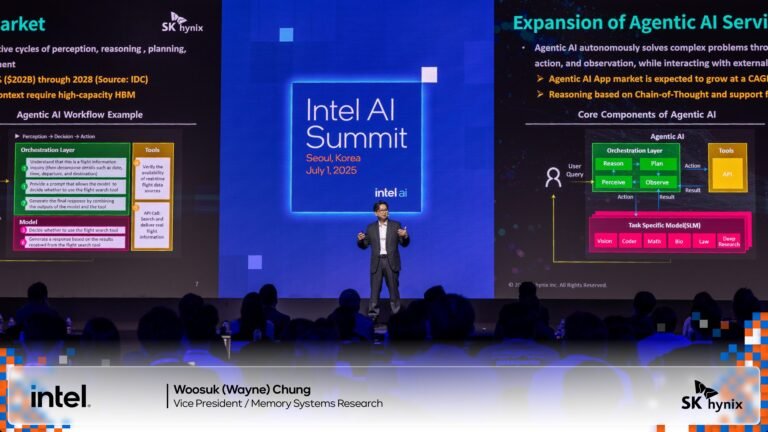
This strategic expansion marks Intel’s pivot from focusing solely on gaming (e.g., Arc B580, B570) and professional workstations (Arc Pro B-Series) to entering the growing edge AI market. With this move, Intel positions itself to compete with NVIDIA’s Jetson platform and AMD’s Ryzen AI solutions in the edge computing space. By leveraging the Battlemage architecture—particularly the potential BMG-G31 configuration—Intel aims to deliver powerful AI inference, graphics processing, and media transcoding capabilities tailored for edge deployments in areas like smart cities, retail analytics, and industrial automation. The partnership with SK hynix also suggests Intel may consider integrating high-bandwidth memory into future Arc GPUs to better support data-intensive AI tasks.
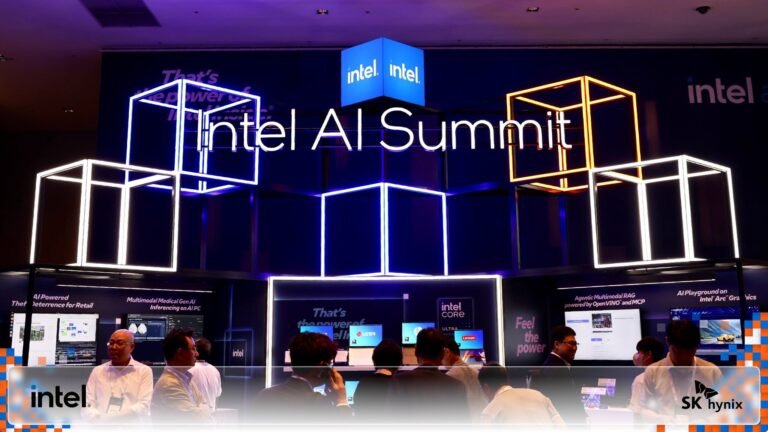
While specific model names, technical specifications, and performance benchmarks of the new Arc GPUs were not disclosed at the summit, the announcement signals a serious expansion of Intel’s ambitions in the AI hardware space. Nevertheless, Intel will face intense competition from NVIDIA and AMD, both of which are set to launch their own next-gen AI platforms—NVIDIA’s Rubin and AMD’s MI400 series—in 2025. The potential inclusion of the BMG-G31 chip in Intel’s new Arc lineup points toward a high-performance configuration with increased Xe-core counts and memory capacity, possibly positioning it as a rival to NVIDIA’s mid-range data center GPUs. In the context of industrial automation, the new GPUs’ capabilities in handling real-time AI workloads are expected to support applications such as anomaly detection and predictive maintenance in manufacturing environments.


